The Emerald Ash Borer is in Newmarket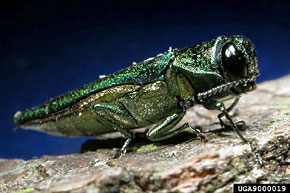
The Emerald Ash Borer (EAB) is in Newmarket. The EAB is an invasive species that attacks and kills Ash trees. EAB poses no health risk to humans or pets but Ash trees of all species and sizes (with the exception of Mountain Ash tree) are susceptible to attack from the EAB.
The EAB is a small, metallic emerald green, wood boring beetle with a narrow elongated body. In the summer, they lay their eggs on Ash trees. Once the eggs hatch and become larvae, they tunnel under the bark to feed. The tunnels cut off the flow of water and nutrients causing the Ash tree to die.
What is the Town of Newmarket doing to manage the effects of EAB on public property?
There are approximately 3,100 Ash trees on town-owned property. The Town is implementing a long-term strategy to manage EAB on public property in the community with the help of a professional arborist.
Since 2012, the Town continues to treat designated Ash trees with TreeAzin®, a biological insecticide to help control the spread of EAB. Removal of some Ash trees is also underway. As part of the long-term strategy, the Town will continue to manage the effects of EAB through a combination of monitoring, treatment, Ash tree removal, replacement and public education.
What should you do if your suspect that your private ash tree is infected?
Please remember that private property owners are responsible for trees on their property. If you suspect your Ash tree may have EAB, you are encouraged to consult a professional arborist as soon as possible. You should choose an arborist certified with the International Society of Arboriculture (ISA) or registered with the American Society of Consulting Arborists (ASCA).
How to identify an Ash tree?
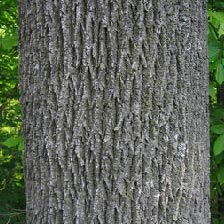
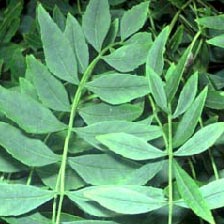
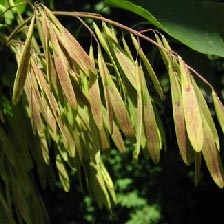
The bark on an Ash tree is tight and rough and often has a distinct diamond pattern. The leaves are compound and contain five to eleven finely toothed leaflets. The seeds of the leaf are oar shaped and hang down in clusters.
Signs of EAB Infection
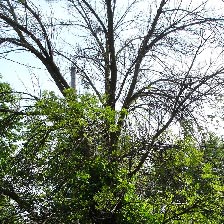
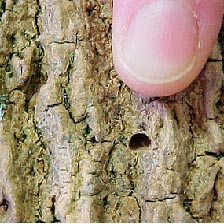
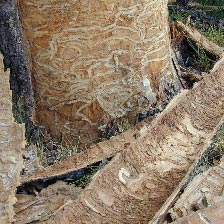
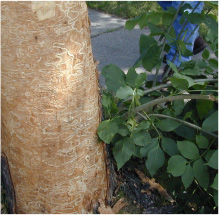
Signs of Emerald Ash Borer (EAB) infection include sparse leaves or dying branches, d-shaped exit holes on the ash tree, s-shaped notches under the tree bark and/or fallen leaves and dead branches on the tree.
How does EAB spread?
EAB Is spread through the movement of infested Ash wood such as firewood, logs, trees, mulch and lumber. The adult beetle can also fly up to ten kilometres. To help control the spread of EAB, please do not relocate any kind of wood. For example, do not bring wood from your home to the cottage for fire wood and vice versa.
I've seen coloured dots on Ash trees around town, what does that mean?
Green dots mean the tree has been treated during an odd year (ie. 2013, 2015). Blue dots mean the tree has been treated in an even year (ie. 2014). Pink dots mean the tree is slated for removal. Residents will receive a notice notifying them of the tree removal. If you would like to know the type of tree that will be planted or have a preferred tree (from our trees list), please contact the Town of Newmarket at 905-895-5193 when you receive your notice to discuss what options are available.
For more information on the Emerald Ash Borer, visit the
Canadian Food Inspection Agencies webpage on EAB.
Emerald Ash Borer Tree Rebate
Residential and business property owners in York Region replacing their dying, dead or removed ash trees with LEAF (Local Enhancement and Appreciation of Forests) may be eligible for a $100 Emerald Ash Borer rebate from York Region. There is a limit of two rebates per property and rebates are issued on a first come, first served basis due to limited supply. Restrictions apply. Learn more and apply online at yourleaf.org/eab-rebate